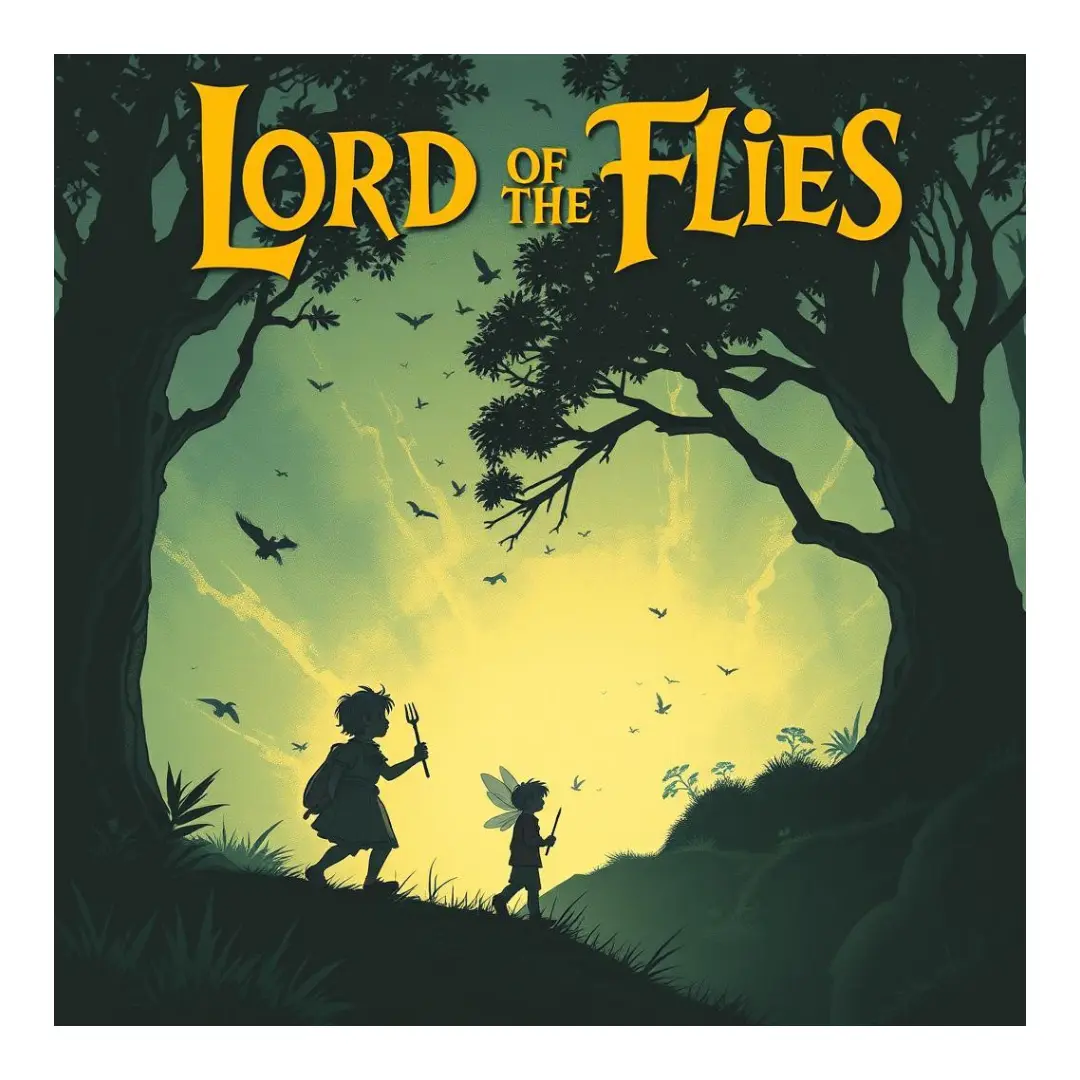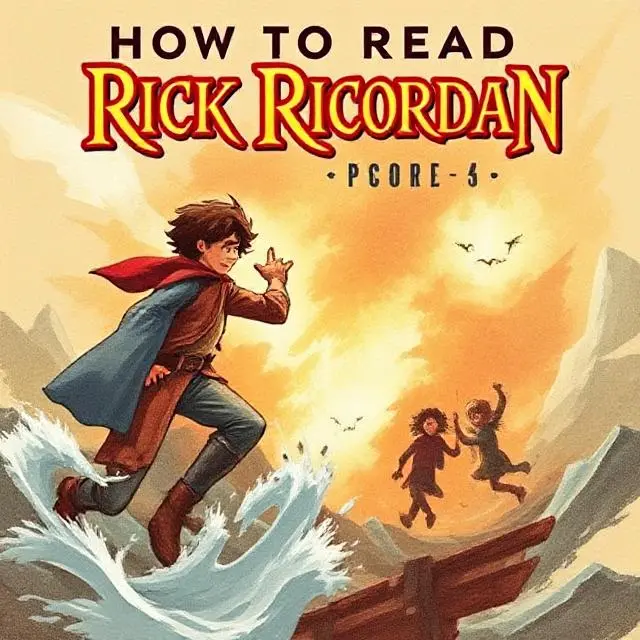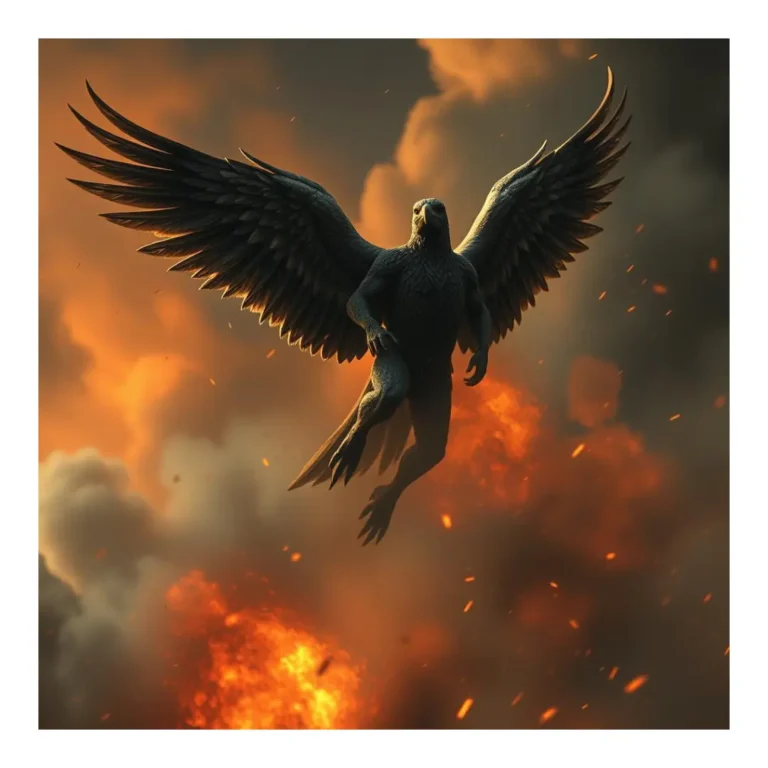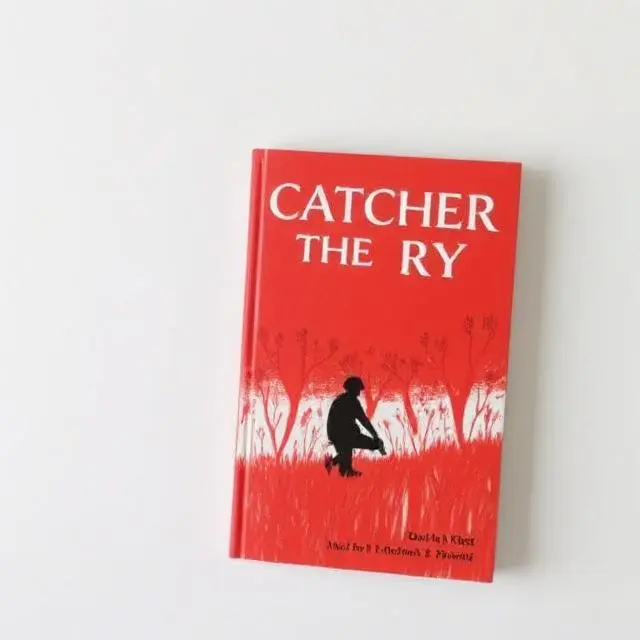Lord of the Flies Characters
Lord of the Flies is a haunting novel written by William Golding that delves into the complexities of human nature, the inherent struggle between civilization and savagery, and the thin veneer that separates order from chaos. Set on a deserted island, a group of boys is stranded after a plane crash. Left to their own devices, the boys begin to form their own society, but their attempts to build order quickly descend into violence and madness. The characters in Lord of the Flies represent different aspects of humanity, from the ideals of civilization to the chaos of primal instinct.
This blog post explores the key characters in Lord of the Flies, analyzing their roles in the story and the symbolism behind them. We will examine how each character embodies certain themes and what their actions reveal about the human condition.
Ralph: The Elected Leader and Symbol of Civilization
Ralph, one of the central characters in Lord of the Flies, embodies the ideals of civilization, order, and democratic leadership. He is elected as the leader of the boys early in the novel, largely due to his charisma, physical appearance, and sense of responsibility. From the outset, Ralph is focused on building a society that mirrors the structure and order of the world they came from. His primary concerns are maintaining the signal fire, which represents hope for rescue, and building shelters to provide some semblance of comfort and safety.
Ralph’s leadership is built around the idea of cooperation and collective effort. He uses the conch, a symbol of authority and communication, to gather the boys and establish rules. His belief in democracy is evident as he encourages open discussions and decision-making based on majority votes. In Ralph’s eyes, the boys must work together in order to survive and return to civilization. He represents the logical side of human nature, the desire for structure and reason in a world that increasingly seems to slip into chaos.
However, Ralph’s leadership is constantly challenged, primarily by Jack, who believes that power should come from force and the willingness to indulge in base desires like hunting and violence. As the novel progresses, Ralph’s ability to maintain control diminishes as the boys become more divided. He is increasingly overwhelmed by the primal instincts that take hold of the others, particularly Jack and his followers. Ralph’s internal struggle highlights the fragility of civilization, and his eventual decline demonstrates the difficulty of maintaining order in a world where chaos is only one step away.
Ralph’s character arc is a representation of the delicate balance between civilization and savagery. His eventual breakdown, when he realizes that the boys have completely descended into barbarism, speaks to the novel’s central theme: the fragility of societal structures in the face of humanity’s darker impulses.
Jack Merridew: The Antagonist and Embodiment of Savagery
Jack Merridew is one of the most complex and compelling characters in Lord of the Flies. Initially introduced as the head of the choirboys, Jack is accustomed to being in charge. When he is passed over for the role of leader in favor of Ralph, Jack’s resentment simmers beneath the surface. His desire for power and control drives him to challenge Ralph’s authority, and this rivalry becomes one of the central conflicts in the novel.
From the outset, Jack rejects the ideals of civilization that Ralph stands for. He becomes fixated on hunting, and this obsession represents his desire to return to a more primitive, instinctual way of life. The thrill of the hunt consumes him, and as he becomes more engrossed in the act of killing, his ties to society and its rules weaken. His initial leadership of the choirboys transforms into the authoritarian rule of a tribe that values strength, dominance, and violence above all else.
Jack’s descent into savagery is gradual but inevitable. He encourages the boys to abandon the rules and embrace the freedom that comes with living without societal constraints. His rise to power comes when he forms his own tribe, separate from Ralph’s, and lures the boys away with the promise of indulgence in their primal desires. Under Jack’s rule, the boys engage in increasingly violent and immoral acts, culminating in the murder of Simon and the eventual killing of Piggy.
Jack’s character is a representation of the darker aspects of human nature. He symbolizes the force of tyranny, where power is obtained and maintained through fear, violence, and manipulation. His rejection of civilization and morality reflects the novel’s commentary on the dangers of unchecked power and the chaos that can arise when humanity abandons its moral compass.
Piggy: The Voice of Reason and Intelligence
Piggy is one of the most intellectual characters in Lord of the Flies, though his physical appearance and health problems make him an easy target for ridicule. He is asthmatic, overweight, and often mocked by the other boys, especially Jack. Despite these physical limitations, Piggy is the most rational and insightful character on the island. His intelligence, logic, and understanding of the importance of civilization make him a key figure in the story.
Piggy’s primary concern is maintaining order and rationality in the group. He advocates for the use of the conch, not only as a symbol of authority but as a tool for ensuring that everyone has a voice. Piggy believes that the boys can and should live by the same rules that governed their previous lives. His ideas are practical and reasonable, but they are often ignored by the others, particularly Jack, who is more interested in hunting and indulging his primal instincts.
Piggy’s role as the voice of reason highlights the tension between intellect and savagery in the novel. While Ralph represents the ideals of leadership and order, Piggy represents the voice of logic and intelligence. However, because Piggy lacks the physical strength and charisma of the other boys, his ideas are largely dismissed. This marginalization and his eventual death at the hands of Roger symbolize the loss of reason and rationality in a world that increasingly values violence and power over intellect.
Piggy’s tragic death marks the final breakdown of civilization on the island. It is a poignant reminder of the fragility of reason and the ease with which it can be crushed in the face of fear and chaos.
Simon: The Mystical Figure and Representation of Innate Goodness
Simon is one of the most mysterious and symbolic characters in Lord of the Flies. Unlike the other boys, Simon is not interested in power or dominance. Instead, he represents purity, spirituality, and the inherent goodness of humanity. He is often seen as a Christ-like figure, both in his actions and his eventual fate.
Throughout the novel, Simon exhibits a deep connection with nature. He is the only character who ventures alone into the jungle, where he has moments of contemplation and communion with the natural world. Simon’s solitary nature and his lack of desire for power make him an outsider among the other boys. He is introspective, kind, and gentle, but he is often overlooked or dismissed by the others.
Simon’s death is one of the most tragic moments in the novel. After discovering the true nature of the “beast,” Simon attempts to share his revelation with the other boys, only to be mistaken for the very creature he sought to reveal. In a frenzied and chaotic moment, Simon is savagely murdered by the boys. His death symbolizes the destruction of innocence and goodness at the hands of the very forces of darkness and savagery that he sought to confront.
Simon’s character embodies the idea that innate goodness can be overwhelmed by the primal instincts of fear and violence. His tragic end highlights the novel’s central theme that, in the absence of civilization, humanity’s darker tendencies emerge, even at the cost of the most innocent and pure individuals.
Roger: The Silent Catalyst of Violence
Roger is one of the least vocal but most dangerous characters in Lord of the Flies. Initially, he is a quiet, somewhat sinister boy who keeps to the shadows. However, as the novel progresses, Roger reveals himself to be the most sadistic and cruel of the group. Unlike Jack, who seeks power, Roger is motivated purely by a desire to inflict pain and suffering. His cruelty is not about gaining control or status—it is simply an expression of his dark, twisted nature.
Roger’s transformation is gradual, but his actions become increasingly violent as the story unfolds. His first act of cruelty is when he silently releases a heavy boulder that kills Piggy, an act that is carried out without any hesitation or remorse. This action marks Roger as the true agent of chaos and violence in the novel, someone who is willing to murder without any clear motivation other than the thrill of inflicting harm.
Roger’s character represents the purest form of evil in Lord of the Flies. He does not seek power for its own sake, nor does he care for the survival of the group. Instead, he seeks only destruction, embodying the idea that violence for its own sake can exist within the human soul, even when there is no apparent external justification.
Sam and Eric: The Conformists and Victims of the Group Dynamics
Sam and Eric, often referred to as Samneric, are twin brothers who play a significant role in the development of the plot in Lord of the Flies. They are portrayed as loyal to Ralph and remain supportive of his leadership for much of the novel. However, their loyalty is ultimately tested when Jack’s tribe offers them safety and belonging.
Sam and Eric’s involvement in the events of the novel highlights the conflict between personal morality and the pressure to conform to group dynamics. While they do not actively seek power or engage in violence, they are pulled into Jack’s tribe due to fear and the growing influence of the savage instincts in the group. Their gradual loss of independence and their eventual participation in Simon’s murder and the violent activities of the tribe demonstrate how easily people can be influenced by the collective will, even if it goes against their better judgment.
Sam and Eric’s characters represent the average person caught in a struggle between the demands of civilization and the pull of savagery. They are not evil like Jack or Roger, but their actions show the powerlessness of individuals in the face of mass hysteria and groupthink. Their eventual breakdown, as they are forced to give in to the tribe’s demands, is a tragic commentary on the dangers of conformity and the loss of individual moral responsibility.
Conclusion
Lord of the Flies presents a powerful exploration of the complexities of human nature, civilization, and savagery. The characters in the novel embody various aspects of society, from the ideals of order and leadership to the primal instincts of violence and chaos. Through characters like Ralph, Jack, Piggy, Simon, and others, William Golding presents a stark portrayal of how fragile civilization can be and how quickly humanity can descend into barbarism when removed from the constraints of society.
Each character in Lord of the Flies represents a different facet of human nature—whether it’s the reason and logic of Piggy, the unchecked power of Jack, or the innocence of Simon. Together, they provide a comprehensive view of the tension between civilization and savagery, and the novel’s tragic conclusion serves as a powerful reminder of the darkness that resides within us all.
As we analyze the characters in Lord of the Flies, we are reminded that the battle between civilization and savagery is not one confined to the island, but a universal struggle that exists in every aspect of human life. It is a cautionary tale, urging us to examine the nature of power, violence, and morality in our own lives, and to recognize the potential for both good and evil that lies within each of us.







